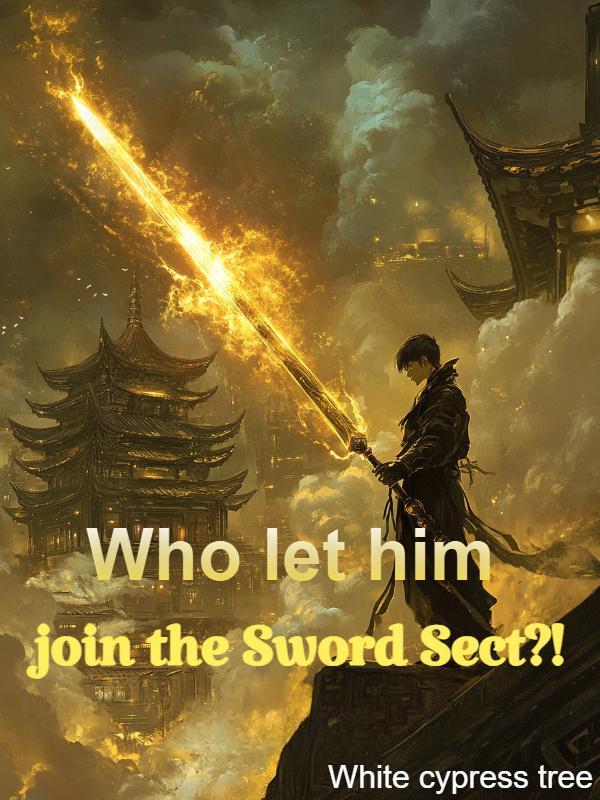©Novel Buddy
Game Market 1983-Chapter 94: The Evolving Gaming Console
Follow current novels on 𝑓𝘳𝑒𝑒𝘸𝑒𝑏𝓃𝑜𝑣𝑒𝓁.𝘤𝑜𝓂
Chapter 94: The Evolving Gaming Console
Combining two consoles isn't exactly a groundbreaking idea.
Back in the past, in '92, there was an attempt to enhance hardware performance by developing the NEGA CD as a peripheral for the NEGA Drive, a method I'm well aware of.
Inspired by NEC's high-performance Super CD-ROM-equipped PC Engine Duo, NEGA produced an additional console model with a CD-ROM drive on the right side of the NEGA Drive.
Connecting the two devices was aimed at not only using CD-ROMs but also boosting hardware performance. But to cut to the chase, it was a massive failure.
NEGA was doing well in North America and Europe, if not in Japan, and they ended up in enormous debt due to this hasty venture called the NEGA CD.
Since then, no console combining two devices has ever appeared in gaming history.
Mintendo, who had been silently observing the situation, didn't miss the opportunity and started pouring out negative advertisements, even though it was in bad taste. (But this incident became a turning point in strengthening Mintendo's trust in cartridges...)
CDs had significantly slower data loading times compared to cartridges, taking about 10 to 15 seconds to load a single stage.
Sure, it offered improved BGM and graphics that were incomparable to cartridges, but waiting for over 10 seconds for every single game was quite a hassle.
It was then that Chandra, reviewing the proposal once again, said to me, "Kang Junhyuk, are you planning to release the peripheral device that uses this CD after launching the cartridge-based console?"
"Exactly. But, using the term 'peripheral device' might be a bit off."
"Huh? What do you mean?"
"To be precise, the target representing the peripheral device has been reversed."
"What are you talking about? So, are you saying that this device with the cartridge system?"
"Yes, that's the peripheral device."
Chandra demanded more detailed explanations following my response. It seemed he was confused about what was considered the main device and what played the supporting role.
"Alright, listen carefully."
I took a sip of my drink to wet my throat and started explaining the new console I had planned.
First, the new console I had designed had the format where two devices would be connected to each other in the future, just as Chandra had mentioned.
In the early '90s, the majority of games were 2D sprite-based. Releasing CD-based games in this situation would only exhaust players with long loading times, making it obvious that cartridge-based games would be popular during this period.
That's why I decided to release the 'peripheral device' that recognized cartridges first.
This peripheral device could independently recognize cartridges and read ROM chips with a capacity of up to 64 megabits (the game industry at that time used bit values more frequently than byte values).
I was looking for a CPU capable of ultra-fast processing, as well as a graphic module with more than twice the sprite performance of the Super Family.
The flagship launch title was, of course, expected to be 'Final Frontier 4' by Pentagon Soft, which had established the Super Family as the reigning champion.
And after the 'The Empty Streets' project was completed, I was considering one game for the next project.
It was a horror genre game titled 'The Murderer of the Clock Tower,' right?
And, about a year or two later, a main model with CD and 3D graphics was to be introduced, which could actually be used as a single device.
Since there was a single manufacturing cost, having to purchase cartridge devices in addition to playing 3D games would undoubtedly burden consumers, and it would be a significant loss for me as well.
Using CDs, players could enjoy independent games utilizing polygons with a 3D accelerator created by Lop.
But a question arose here. Why do we need the function to combine these two devices?
Chandra, as I expected, asked me the same question.
"Why are you trying to add a connection element to devices that can be used independently? Honestly, I don't get it."
"That's why I said it, didn't I? I called the console with the cartridge system the 'peripheral device.' Like you said, the device that only reads CDs has a data loading speed that's too slow. So, don't we need a peripheral RAM cartridge to cover that?"
I tapped the peripheral device console as I spoke. In response, Chandra shouted at me in a voice close to a scream.
"Are you suggesting that this console itself should function as a RAM pack!?"
"Yes."
Maybe my answer was too simple, but Chandra vehemently disagreed, shaking his head vigorously.
"Kang Junhyuk, that's unrealistic. Even if we add the RAM pack function to the existing model, we'd need a device or OS to smoothly connect it."
"Of course, I've thought about the OS (Operating System) as well. Do I look that careless to you?"
"What? Where in the world can you fit an OS system?"
This time, my pen was aimed at the cartridge slot of the peripheral device console.
"That's absurd. You want to put an OS in a cartridge? Is that even technically possible?"
"In theory, it seems possible, doesn't it? Did you think earning 100 million yen, Chandra, would be so easy?"
Of course, I earned it easily, but sorry, Chandra.
However, the RAM pack cartridge system I mentioned to Chandra wasn't entirely unheard of.
In fact, this system had already been implemented in NEGA's 32-bit console, 'Jupiter.'
At that time, NEGA was showing a lot of concern about 3D polygon games, fearing that 3D technology might just be a passing trend.
They even had a vague fantasy that this trend might end, and the era of 2D would return.
Due to this, NEGA aimed for 2D performance with their new game console 'Jupiter.'
But perhaps due to the success of their in-house release 'Real Fighter,' they couldn't completely ignore the potential of 3D, leading to a disastrous choice, like trying to mix sweet and salty flavors.
They had the ultimate 2D performance, but their weak 3D performance ultimately caused them to miss out on the legendary masterpiece, 'Final Frontier 7.'
With this, the gap between them and SenSoni widened further, and NEGA found itself stamped with the stigma of being a secondary player in the next-generation console war.
However, what was commendable in this NEGA Jupiter was the RAM cartridge that powered up the limited CD medium's functionality.
The 4MB RAM pack had to be purchased separately from the device, but many games could only run with this 4-megabyte RAM pack.
For example, there were some games like SMK's masterpiece 'The King of Players,' a 2D versus fighting game, the last work of the bloodthirsty clan, 'Groove on Fight,' and the only game from CAPCO, 'Dungeon & Dragons,' that was ported to a 32-bit platform.
Especially the last 'Dungeon & Dragons' had a downward port from 4-player to 2-player games, but it was still a remarkable work due to the successful port. And all of this was thanks to the RAM cartridge.
So, returning to the story, to conclude, about the console I was creating...
Both the cartridge system console and the CD-ROM system console can be used independently.
However, when users with the existing cartridge system console attach it to the new CD-ROM console, they will be able to interact with each other's data processing.
But it's impossible to power up with just two connected devices; an OS cartridge that unlocks the devices with software is needed.
The OS cartridge is essential and is bundled with the CD-ROM console upon release. Next-gen users will eventually get tired of the frustrating loading times and find their way back to the original peripheral device console.
And with this method, perfect backward compatibility and the ability to enjoy next-gen games will be possible simultaneously.
"Ah... My head suddenly hurts."
"That's why, instead of grumbling on your own, talk to Lop about it." 𝘧𝓇ℯℯ𝑤ℯ𝘣𝘯𝘰𝘷ℯ𝘭.𝑐𝘰𝑚
"Lop...?"
"Like I said. I promised a bonus to the 'team' that creates the first prototype... So, we're competing..."
"That's right. So now that we're both in competition... Huh?"
"It's simpler than you think, right? If you two team up to create a single unit, wouldn't that be enough? 100 million yen is a lot of money. Even if you split it 1/N, each of you would still get hundreds of thousands of yen."
"Kang Junhyuk, were you aiming for this from the beginning?"
At Chandra's question, I smiled slyly and took a sip of my drink. fre ewebn ovel
Unlock exclusive early access to a more than 100 chapters before anyone else by becoming a valued member of my Patreon community.







